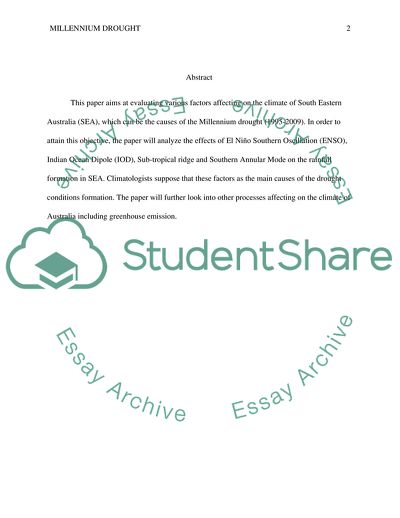Cite this document
(Causes of the Millennium Drought Coursework Example | Topics and Well Written Essays - 2000 words, n.d.)
Causes of the Millennium Drought Coursework Example | Topics and Well Written Essays - 2000 words. https://studentshare.org/geography/1837685-causes-of-the-millennium-drought
Causes of the Millennium Drought Coursework Example | Topics and Well Written Essays - 2000 words. https://studentshare.org/geography/1837685-causes-of-the-millennium-drought
(Causes of the Millennium Drought Coursework Example | Topics and Well Written Essays - 2000 Words)
Causes of the Millennium Drought Coursework Example | Topics and Well Written Essays - 2000 Words. https://studentshare.org/geography/1837685-causes-of-the-millennium-drought.
Causes of the Millennium Drought Coursework Example | Topics and Well Written Essays - 2000 Words. https://studentshare.org/geography/1837685-causes-of-the-millennium-drought.
“Causes of the Millennium Drought Coursework Example | Topics and Well Written Essays - 2000 Words”. https://studentshare.org/geography/1837685-causes-of-the-millennium-drought.


